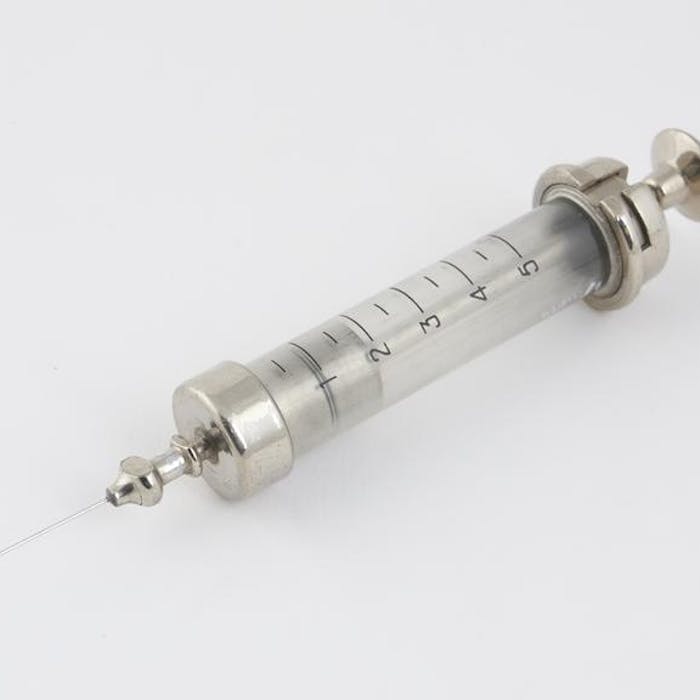
The Scotsman who pioneered the hypodermic syringe
Manufactured in billions every year, the hypodermic syringe could arguably be the greatest medical device ever invented - especially in the context of the current global vaccination endeavour. A Scottish physician was a pioneer of this concept.
While the basics of the syringe function have been known about since ancient times, the first devices recognisable as modern hypodermic syringes were independently invented almost simultaneously in 1853 by Scottish physician Alexander Wood and French surgeon Charles Gabriel Pravaz.
Wood’s main contribution to medicine was discovering the technique of administering drugs using hypodermic syringe. Wood was inspired by James Young Simpson’s experiments on anaesthesia and became concerned with relieved localised pain. In 1853, Wood used a syringe and treated a case of neuralgia by injecting morphia in the area of discomfort.
The syringe he used was designed with a hollow needle that would allow drugs to be administered intravenously without the patient’s skin having to be cut first through, and a simple pinprick instead.
Alexander Wood said he found inspiration in the sting of a honeybee. The hypodermic syringe that resulted was a breakthrough in anaesthetics.
Further reading
Links to external websites are not maintained by Bite Sized Britain. They are provided to give users access to additional information. Bite Sized Britain is not responsible for the content of these external websites.
